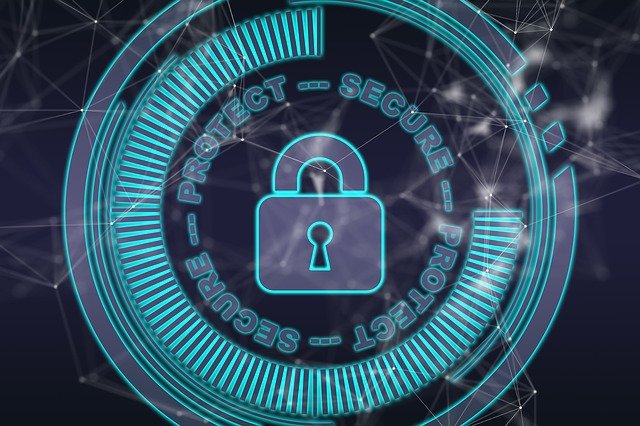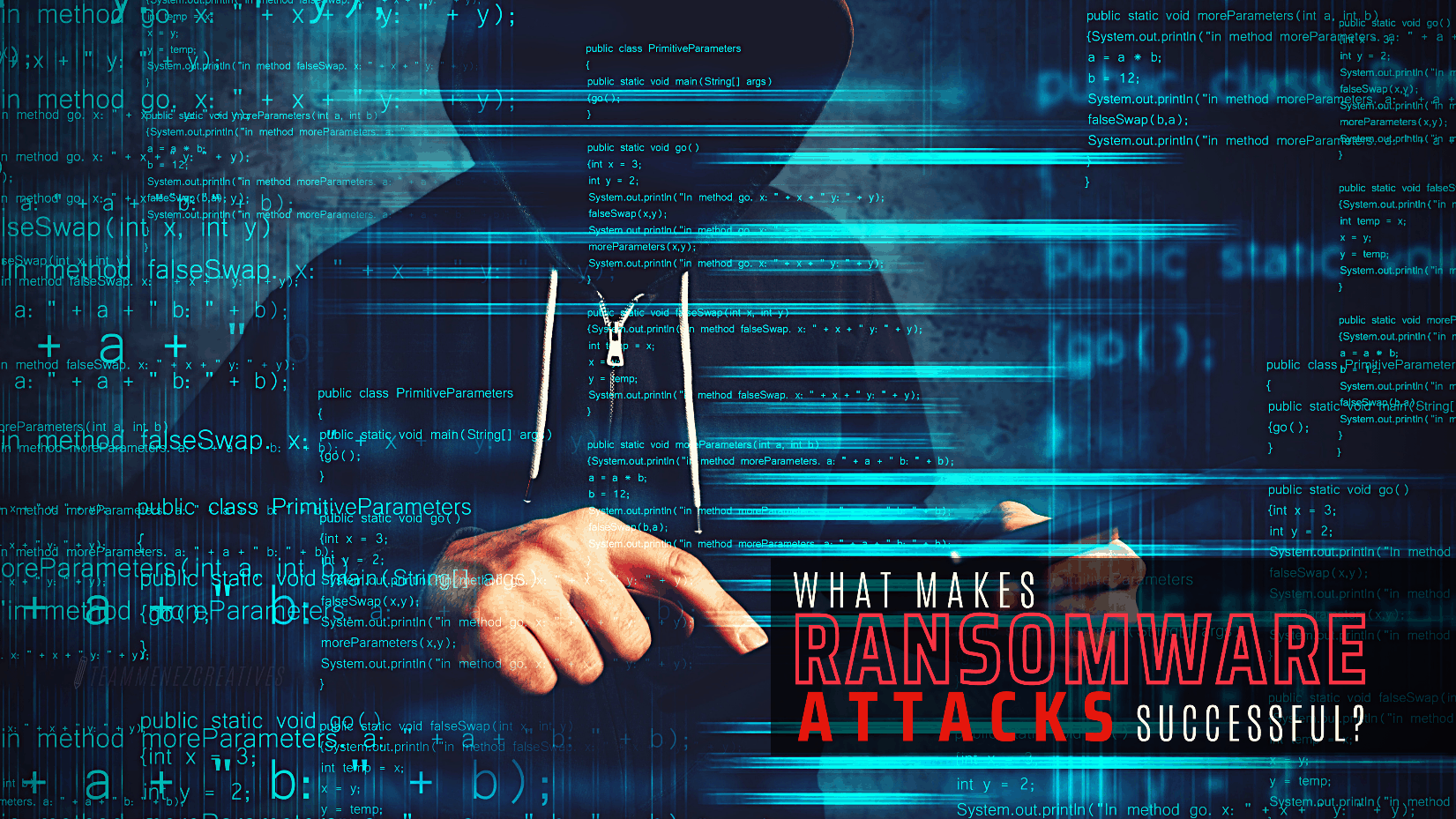Do you suspect that there might be spyware lurking on your computer? Are you worried about the security of your personal data and information? If so, then this blog post is for you! Spyware can be a sneaky and dangerous threat to your computer’s safety. But fear not, as we will guide you through how to detect and remove any potential spyware from your device. Stay vigilant and keep reading to ensure the security of your digital life!
What is spyware?
Spyware is a type of malicious software that secretly gathers information from a computer system without the user’s knowledge or consent. This can include sensitive data such as passwords, credit card numbers, and personal files.
Unlike viruses and other types of malware, spyware typically does not cause noticeable damage to the system it infects. Instead, it operates in stealth mode, gathering information for extended periods of time.
Spyware can come in many forms, including keyloggers that record every keystroke made on the infected machine; adware that displays unwanted advertisements; and browser hijackers that redirect web searches to fake websites.
One common way spyware gets installed on a computer is through “bundling” with legitimate software downloads. Users may inadvertently install spyware when they agree to terms and conditions during installation without reading them carefully.
Spyware poses a serious threat to online security and privacy. It’s important for users to remain vigilant against potential threats by installing reputable antivirus software and regularly scanning their computers for infections.
How does spyware get installed on a computer?
Spyware can be installed on a computer in various ways, and most of the time, without the user’s knowledge. One common way of getting spyware on your computer is through downloading free software or attachments from unknown sources on the internet.
Another way that spyware gets onto your computer is by clicking on pop-up ads that ask you to download certain programs or updates. These ads are often disguised as legitimate messages from well-known companies such as Microsoft or Apple.
Additionally, some malicious websites may automatically install spyware onto your device when you visit them. This type of attack is known as a drive-by download and can happen even if you don’t click anything on the site.
Sometimes, even seemingly harmless actions like plugging in an infected USB drive can lead to spyware being installed on your computer without you realizing it.
In summary, there are multiple ways for spyware to get into your system; therefore it’s crucial to stay vigilant while browsing online and avoid downloading files from untrusted sources.
How to detect spyware on your computer
Detecting spyware on your computer can be a challenging task since it often disguises itself as legitimate software. Here are some methods to help you detect any potential spyware on your computer.
First, check for any suspicious activities such as pop-ups, sudden changes in browser settings, or slow system performance. Spyware often runs in the background and consumes system resources which can cause these symptoms.
Next, scan your computer with anti-spyware software. There are many free and paid options available online that can detect and remove spyware from your device. Make sure to keep this software updated regularly to stay protected against the latest threats.
It’s also important to monitor your network traffic using a firewall or network monitoring tool. This will allow you to see if any unauthorized connections are being made from your system which could indicate spyware activity.
Pay attention to any unfamiliar files or programs installed on your computer and research them before allowing them access to sensitive information or granting them permissions.
By following these steps, you can increase the likelihood of detecting and removing any potential spyware from your computer before it causes significant damage.
How to remove spyware from your computer
If you suspect that your computer has been infected with spyware, the first step is to take immediate action and remove it. Here are some steps on how to remove spyware from your computer.
1. Use anti-spyware software: The easiest way to remove spyware from your computer is by using anti-spyware software. These programs scan your system for any threats and help you eliminate them quickly.
2. Restart in Safe Mode: Spyware can be persistent, making it difficult to detect and remove while Windows is running normally. Restarting in Safe Mode allows you to access a stripped-down version of Windows where only essential programs run, giving anti-spyware software a better chance of finding and removing any malicious files or programs.
3. Delete Temporary Files: Spyware often creates temporary files on your system when it installs itself, so deleting these files can help get rid of the infection completely.
4. Restore Your System Settings: If all else fails, restoring your system settings back to a time before the infection occurred may do the trick. This will erase everything installed after that point but should get rid of the malware as well.
By taking these steps, you can successfully remove spyware from your computer and protect yourself against further attacks in the future!
Conclusion
Spyware is a potential threat that can affect anyone who uses a computer. It is important to detect and remove any spyware on your computer to protect your personal information from being stolen or misused.
By following the steps outlined in this article, you can easily detect and remove any spyware on your computer. Remember to regularly update your antivirus software and be cautious when downloading files or clicking on links from unknown sources.
With these precautions in mind, you can keep your computer safe and secure from the harmful effects of spyware. Stay vigilant and take action against any suspicious activity on your device to ensure that it remains protected at all times.
Related post











FIND US ON SOCIALS